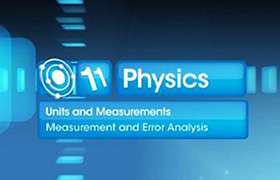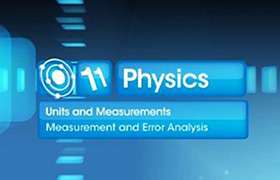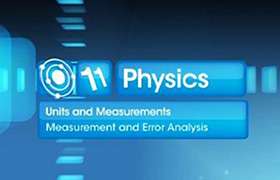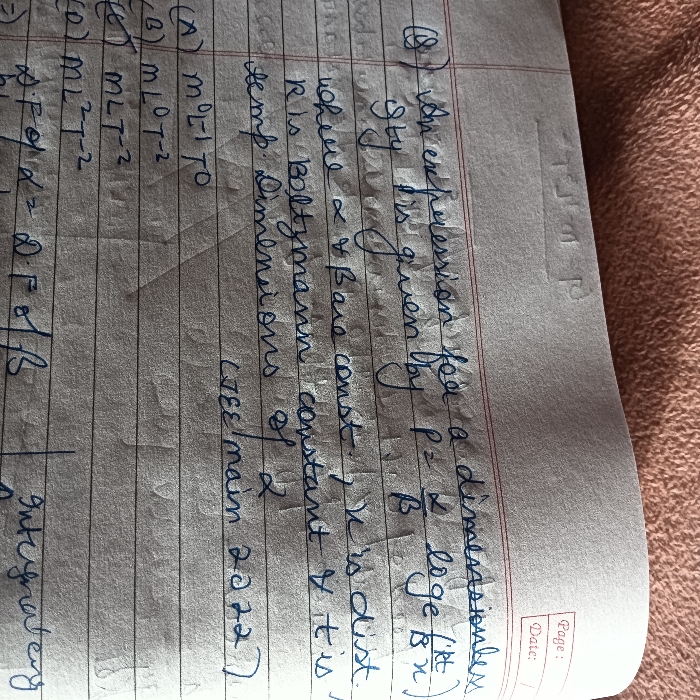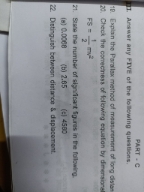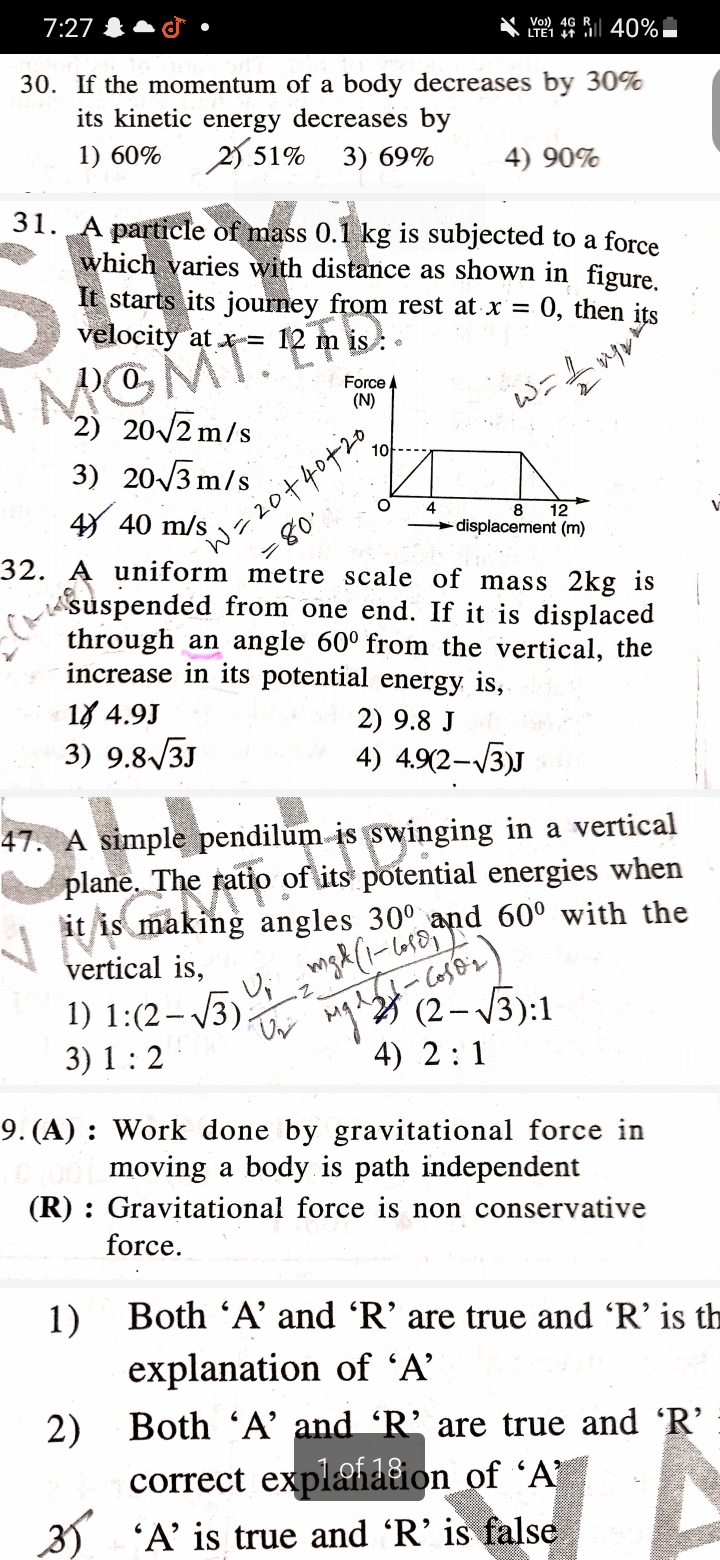CBSE Class 11-science Answered
The angular diameter of a flat circular object (disc) can be calculated using the formula:
in which  is the angular diameter, and
is the angular diameter, and  and
and  are the visual diameter of and the distance to the object, expressed in the same units. When
are the visual diameter of and the distance to the object, expressed in the same units. When  is much larger than
is much larger than  ,
,  may be approximated by the formula
may be approximated by the formula  , in which case the result is in radians.
, in which case the result is in radians.
For a round spherical object whose actual diameter equals  , the angular diameter can be found with the formula:
, the angular diameter can be found with the formula:
The difference is due to when you look at a sphere, the edges are the tangent points, which are somewhat on your side of the facing hemisphere cross section.  measures opposite/adjacent, whereas
measures opposite/adjacent, whereas  measures opposite/hypotenuse. For practical use, the distinction between the visual diameter
measures opposite/hypotenuse. For practical use, the distinction between the visual diameter  and the actual diameter
and the actual diameter  only makes a difference for spherical objects that are relatively close.
only makes a difference for spherical objects that are relatively close.
For very distant or stellar objects, the Small-angle approximation can also be used:
Which simplifies the above equations to:
 (for small
(for small  )
)





